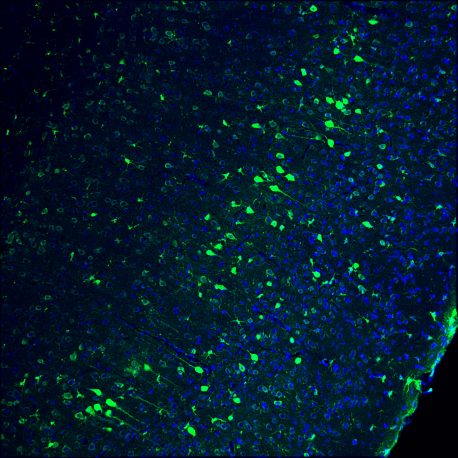Image Credit: Natali_Mis, et al. “Natali_Mis/Istockphoto.” DallasInnovates.com, Dallas Innovates, 22 June 2021, dallasinnovates.com/bedford-biotech-restores-meaningful-vision-in-blind-patients-with-gene-therapy-and-may-soon-go-public/.
Researchers found with a particular type of gene-based therapy, a man with retinitis pigmentosa gained limited vision. Retinitis pigmentosa is a genetic disease that causes the death of light-gathering cells in the retina of the eyes. The fifty-eight-year-old man was treated with optogenetic therapy, which utilizes a protein sensitive to light and forces the nerve cells to fire off signals when they are struck with a particular light wavelength. Optogenetic therapy is different from conventional gene therapies, which can help to either stop or slow the progression of degenerative eye diseases but do not help those who have already gone blind.
The researchers, Sahel, Roska, and other team members, used a light protein sensitive to amber light for their clinical trial. The team then used an adeno-associated virus to insert the instructions for making the protein into the ganglion nerve cell layer, which fires messages to the visual parts of the brain. After this treatment, the man was given a pair of goggles that produced amber light pulses to his eyes. With these goggles and the treatment, the man was able to identify objects and count them compared to before the treatment, where he was unable to identify motion or objects. The study team emphasizes that the man needs the goggles to see still as the pulses produced by the goggles make the nerve cells fire off and therefore enables the man to see. While there is only one patient who has shown improvement so far, this progress lays down the foundation for more research on the treatment of degenerative eye diseases. It will help to guide scientists to even better results in the future.
Article Credit: https://www.sciencenews.org/article/blindness-retinitis-pigmentosa-gene-therapy-vision-optogenetics
Link to study: https://www.nature.com/articles/s41591-021-01351-4

